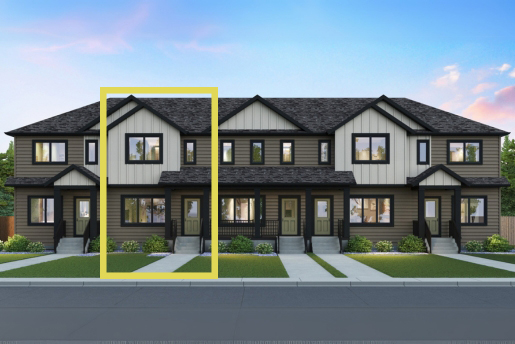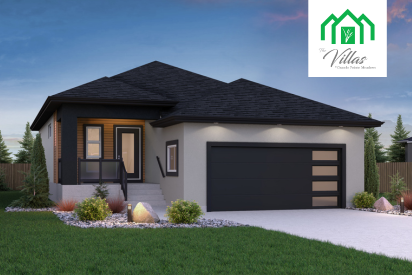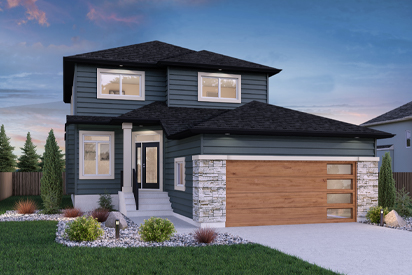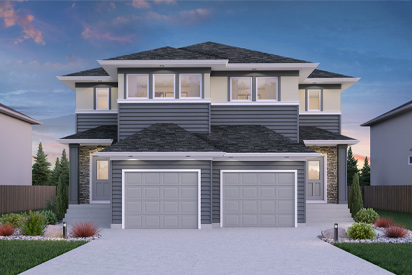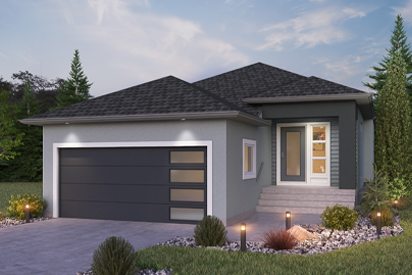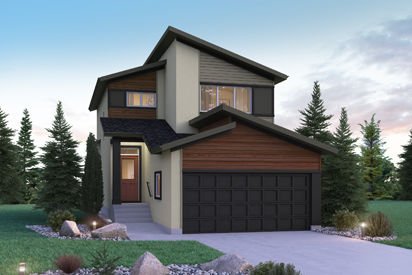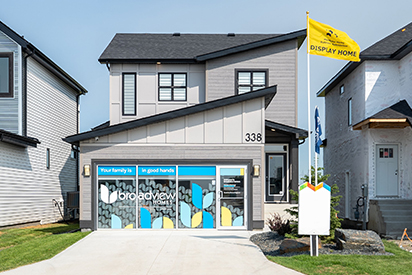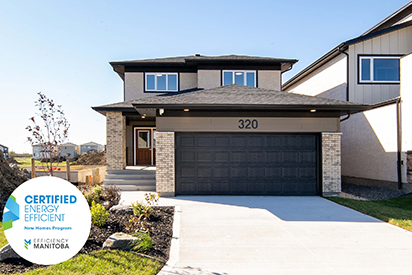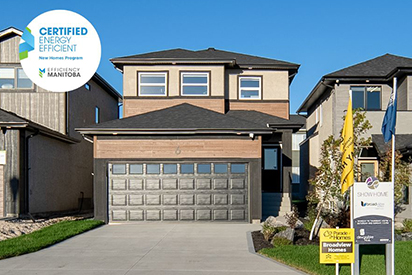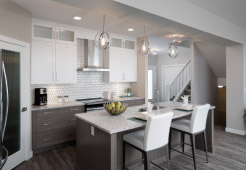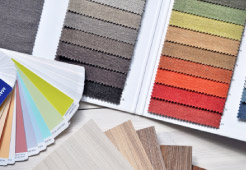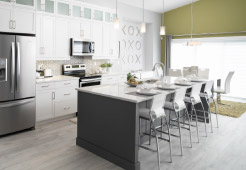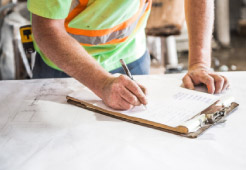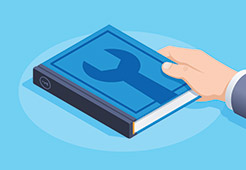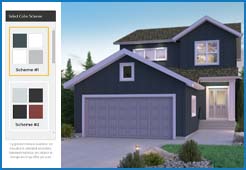5 Tips to Help You Save for Your First Home
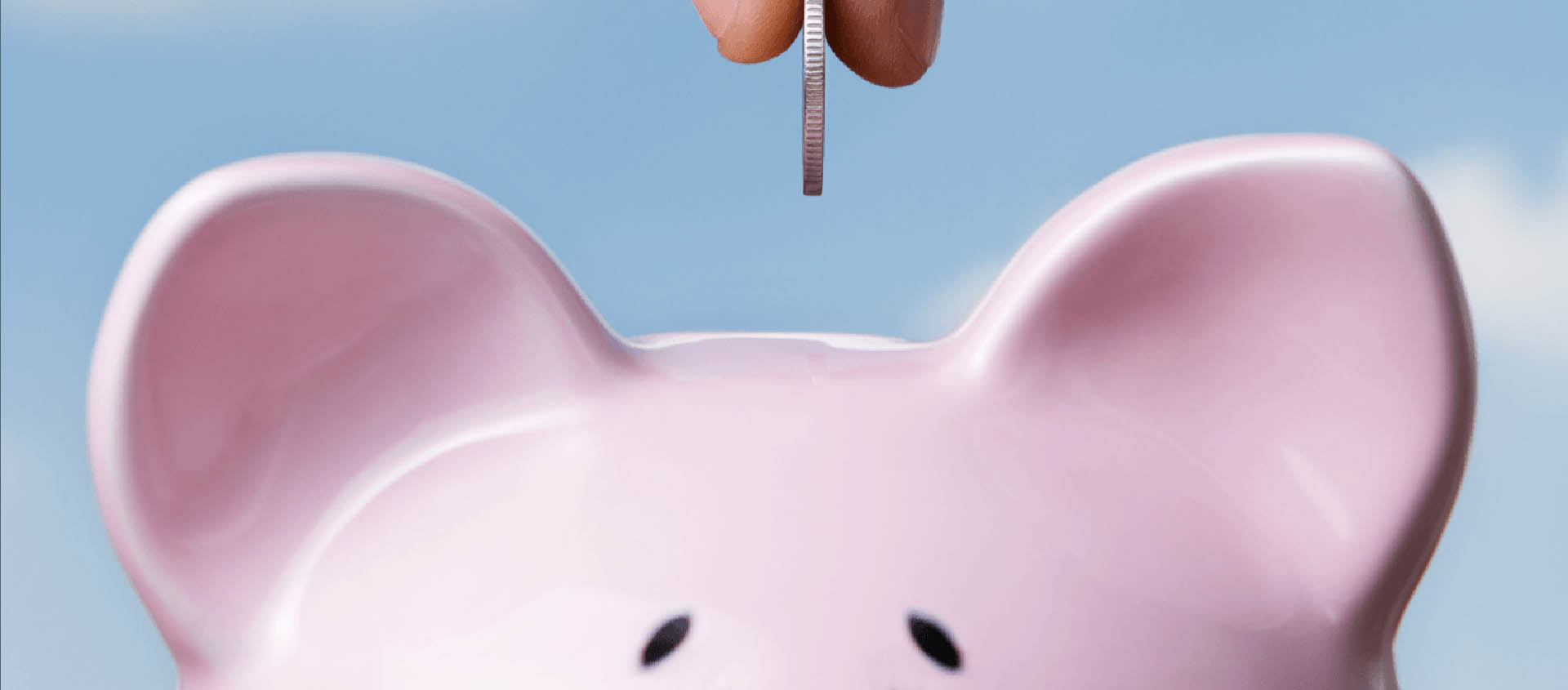
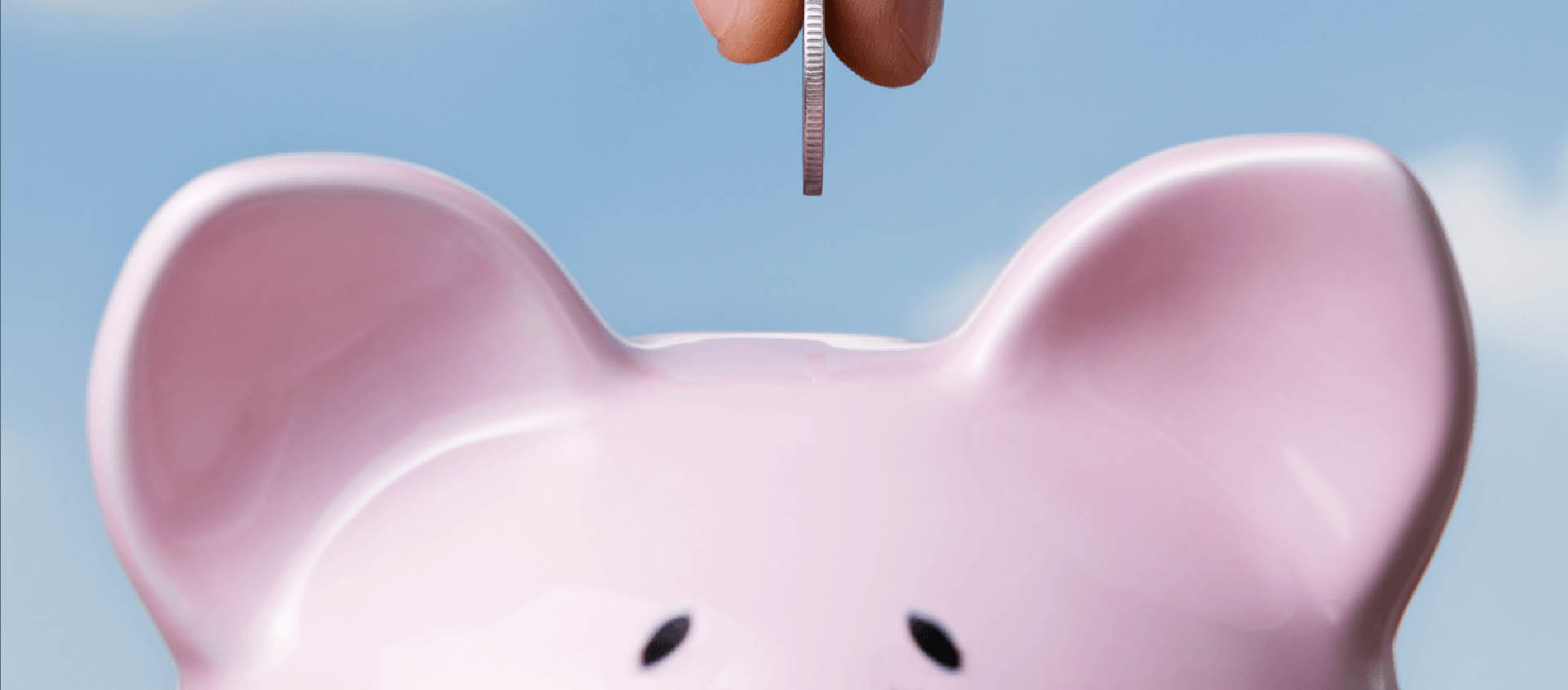 Saving up for a down payment is by far the hardest part of buying your first home. You’ll need at least 5 percent for that down payment, so for most homes you’re looking at anywhere between $10,000 to $25,000. If you want or need to put down more than 5 percent, you’ll need even more money. It can seem almost impossible to come up with that much money when you’re already paying rent, student or car loans, and all of your other daily living expenses.
Saving up for a down payment is by far the hardest part of buying your first home. You’ll need at least 5 percent for that down payment, so for most homes you’re looking at anywhere between $10,000 to $25,000. If you want or need to put down more than 5 percent, you’ll need even more money. It can seem almost impossible to come up with that much money when you’re already paying rent, student or car loans, and all of your other daily living expenses.
We want you to get into the home you deserve, so we’ve come up with some great tips that will help you save for your first home.
Go Window Shopping
Don’t just save money without a goal in mind. You need to be realistic about what you will be able to afford and how much money you’ll need to save up. So start shopping. Go to the open houses of resale homes to see what kind of quality you can get at different price points. Compare that with the quality you get from a new construction home. If you’re looking at new construction, compare different models and look at how certain features might cost more. When you tour a show home, always ask how much the home you’re seeing would cost. A “starting from” price could be significantly lower than what you’re seeing.
At the same time, you need to think about how much money you might qualify for. A general rule of thumb is that banks won’t want you to spend more than 30 percent of your monthly income on a mortgage payment. But you have to remember that the mortgage payment will also include property taxes and homeowners’ insurance. Play around with an online mortgage calculator to get a better sense of how different purchase scenarios might play out in reality.
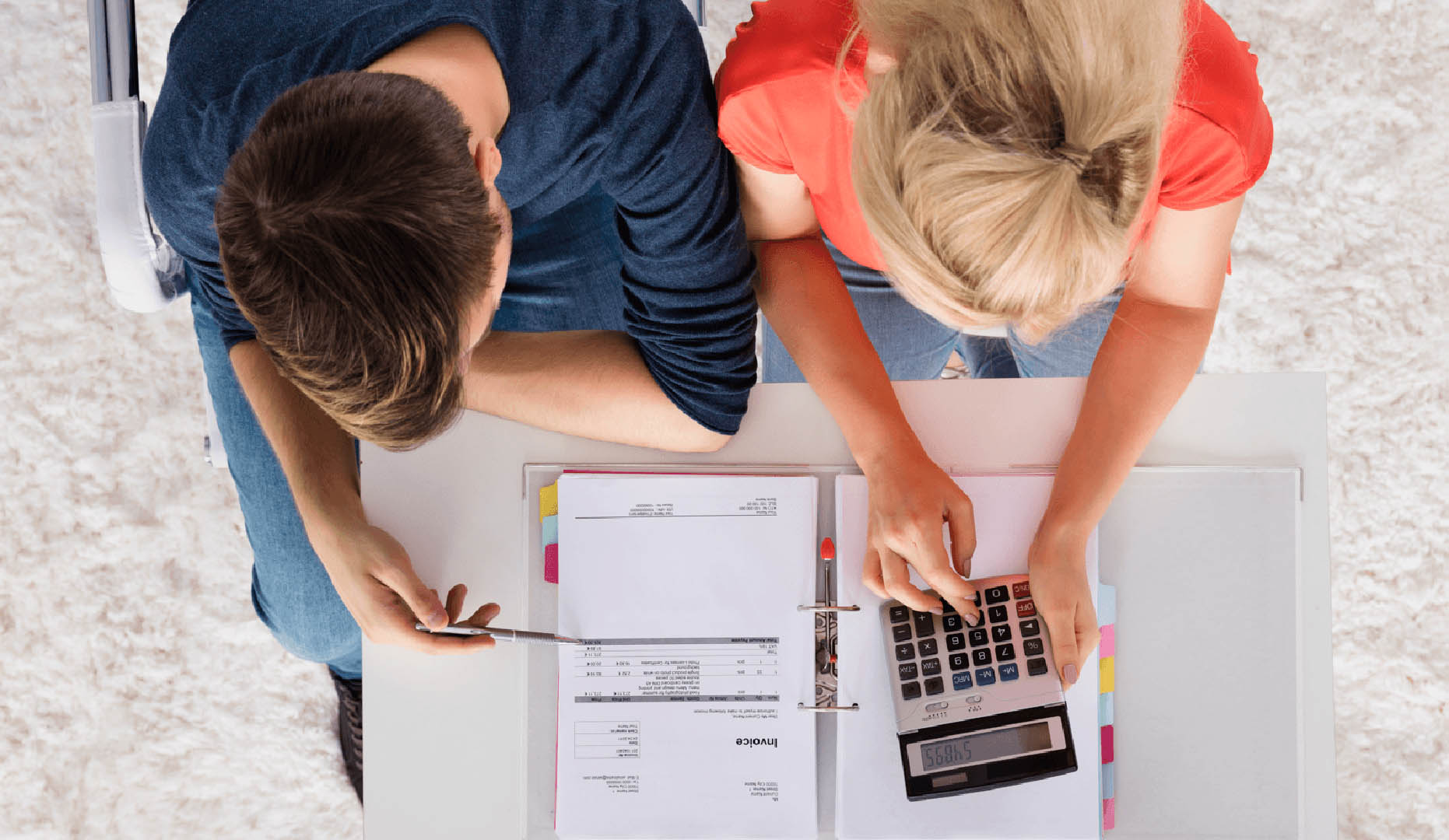 Make a Plan
Make a Plan
Once you’ve figured out about how much you’ll be able to qualify for and how much the types of homes you prefer will cost, you can estimate the purchase price of your home. From there, determine how much you’ll have to save. For instance, if you’re estimating that your dream home will cost $350,000, you'll know that you’ll need $17,500 to get 5 percent for the down payment. Setting a goal of $20,000 is smart because that'll give you some wiggle room if you end up liking a house that costs $360,000.
When you know how much you need to save, you can set a timeline. Let’s say that your savings goal is $20,000, and you want to move within a year. You’ll need to save about $1,700 per month to meet that goal. Alternatively, if you know you can only afford to save $1,000 per month, you can calculate that it will take you 20 months to reach your goal.
 Set Up Automatic Saving
Set Up Automatic Saving
Don’t leave anything up to chance. You can set your bank account up to automatically transfer a certain amount of money each month. You could even set it up to take money out twice a month. Most people like to do this with their paycheques. Each time you get paid, a set amount of money automatically goes into your savings account.
If you don’t automatically transfer your money to savings, you have extra money sitting in your account. You’ll be tempted to spend it on things you don’t really need, and this will set you back. Out of sight (in your savings account), out of mind.
Keep Your Eye on the Prize
When you’re trying to save up for the down payment, it’s important to live frugally. Other articles on this topic will give you plenty of advice about specific things you can do - plan meals so that you don’t overspend on groceries, stop going out so much, cut out all extraneous spending, etc. The hard part about this is that you end up feeling like you’re giving up a lot of things. It’s important that you keep your reasons for saving in the front of your mind to remind yourself why you’re making these temporary sacrifices. Maybe you’ll want to hang up a picture of your dream home or continue to tour home models to keep you feeling inspired.
 Consider Borrowing the Down Payment
Consider Borrowing the Down Payment
Sometimes, the budget is just too tight to be able to save a significant amount of money each month. Maybe you’re crunching the numbers, and realizing that you won’t have the money you need for another 10 years. You don’t have to wait. Through the government’s Home Buyers’ Plan, you can borrow up to $25,000 from your RRSP. Doing this will allow you to get over that initial hump.
You do have to pay this money back, and the debt you incur from doing this will be factored into a bank’s decision about how much you can afford, but it’s a good way to get into that first home so you can start building equity. Talk to a lender if you’re interested in learning more about this program.
The key to saving up for your first home is to create a plan and follow through with it. When you maintain your focus on reaching your goals, you stand a better chance of reaching them.

